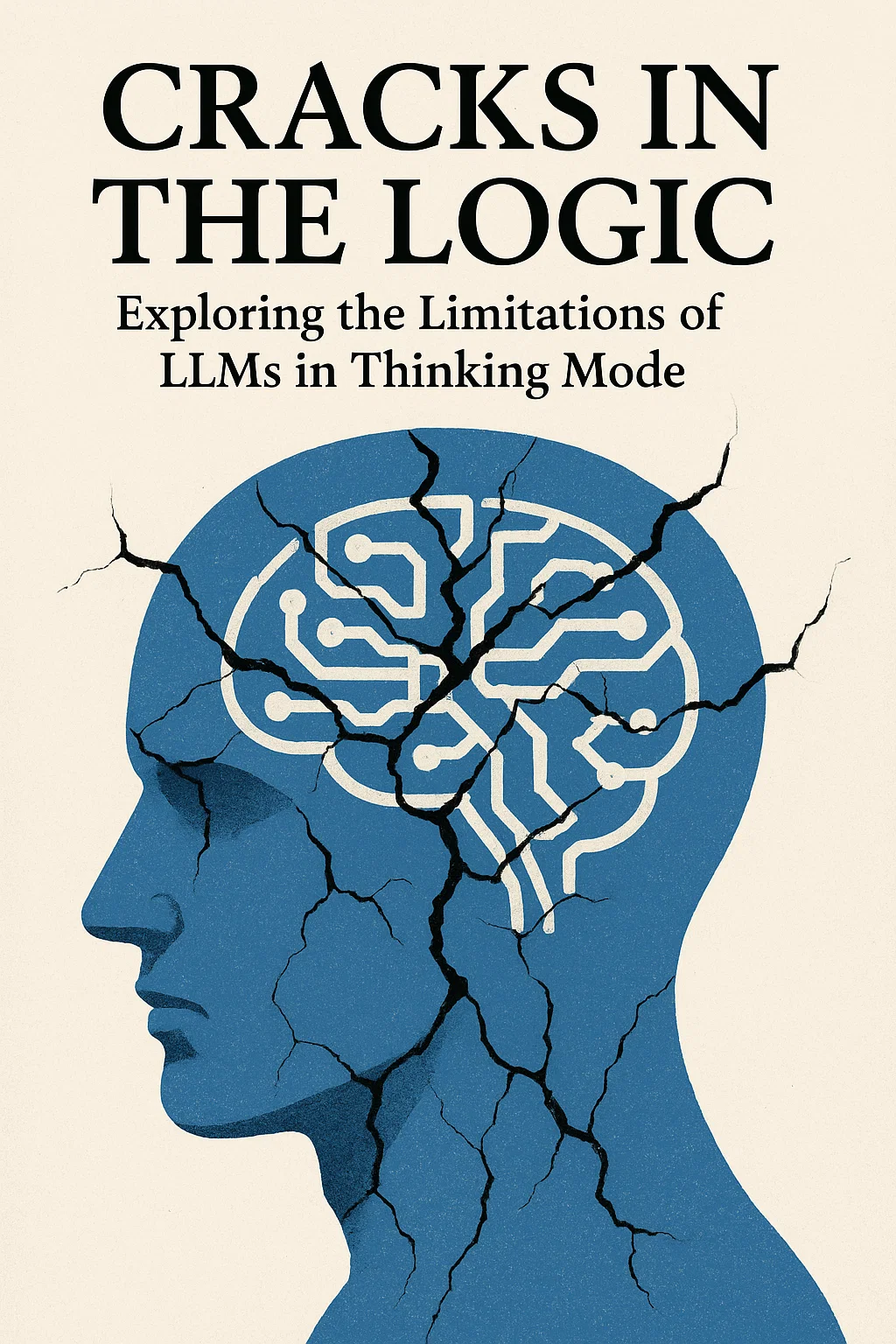In thinking mode, LLMs often struggle to reset or pivot their reasoning process. Once they enter a loop, they may become trapped in a "no man’s land" of circular logic, repeatedly revisiting the same ideas without progress.
Unlike humans, who can pause and reassess, LLMs lack the ability to restart their thought process organically. This rigidity can lead to stagnation, turning a potentially productive task into an unproductive cycle.
